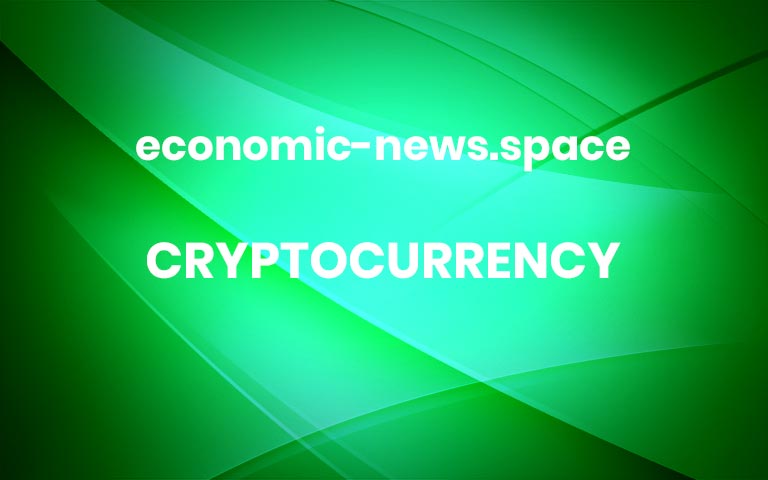Zoetis shares jump on beat-and-raise

The company, a global leader in animal health, announced an adjusted diluted EPS of $1.38 for the first quarter of 2024, exceeding the analyst consensus by $0.03. Revenue also beat expectations, coming in at $2.2 billion against a forecasted $2.15 billion.The company’s revenue represented a 10% increase from the same quarter last year, with operational growth reaching 12%. Adjusted net income saw a 15% operational increase, reflecting robust financial health. Zoetis credited its performance to a 16% revenue growth in the U.S. and an 8% operational increase internationally. The companion animal portfolio, which grew by an impressive 20% operationally, was particularly highlighted for its contribution, driven by strong sales in pet parasiticides, osteoarthritis pain, and dermatology products.CEO Kristin Peck expressed pride in the company’s first-quarter achievements, attributing the success to Zoetis’ diverse portfolio and innovation in the animal health market. “We achieved 16% revenue growth in the U.S. and 8% operational revenue growth internationally,” Peck stated, emphasizing the company’s commitment to investing in future growth.Looking forward, Zoetis has updated its full-year 2024 guidance, now expecting revenue to be between $9.050 billion and $9.200 billion, with an adjusted EPS forecast of $5.71 to $5.81. This guidance places the midpoint of the EPS range slightly below the consensus estimate of $5.78, while the revenue guidance brackets the consensus of $9.157 billion. The company also anticipates an operational revenue growth of 8.5% to 10.5% and a 13% to 15% increase in adjusted net income for the full year.Investors reacted positively to the earnings beat and the upward revision of the company’s outlook, as reflected in the stock’s 4% climb. The market’s response underscores confidence in Zoetis’ ability to maintain its growth trajectory and continue delivering shareholder value.This article was generated with the support of AI and reviewed by an editor. For more information see our T&C. More



